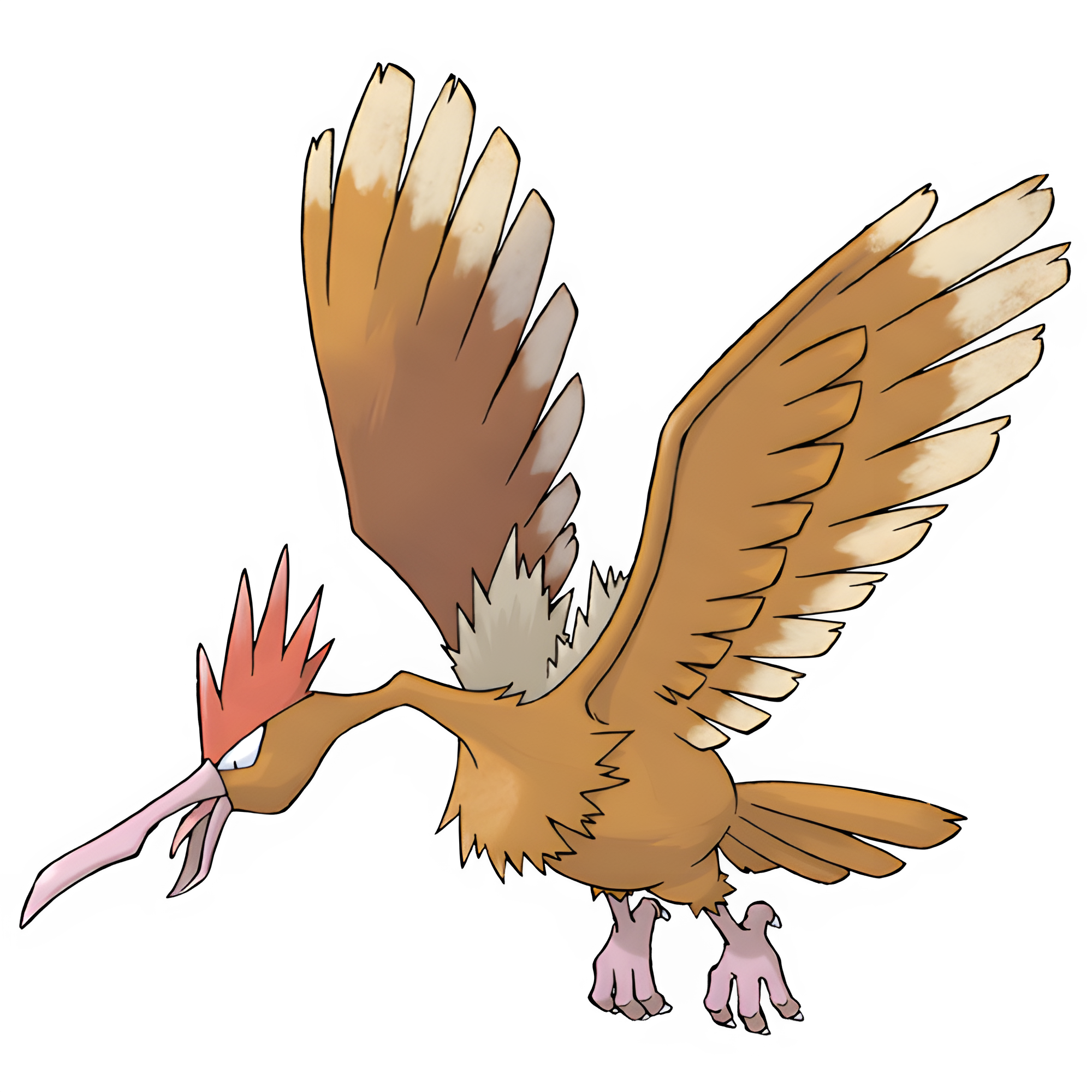Facts for Kids
Fearow is a large bird Pokémon known for its incredible speed and agility, often preying on smaller Pokémon in the wild.
Overview
Interesting Facts
Conservation Status
Habitat And Distribution
Physical Characteristics
Diet And Feeding Behavior
Reproduction And Life Cycle
Behavior And Social Structure
Cultural References And Mythology

Inside this Article
Pollution
Caterpie
Becoming
Pokémon
Spearow
Nature
Black
Food
Home
Did you know?
🦅 Fearow is known as the Beak Pokémon and is classified as a Normal/Flying type.
💨 It can fly at speeds exceeding 200 miles per hour, making it one of the fastest Pokémon.
🌍 Fearow's wingspan can reach over 6 feet, allowing for exceptional flight maneuverability.
🎯 It is known for its keen eyesight, which enables it to spot prey from great distances.
🦚 When it spreads its wings, its colorful plumage can be quite impressive and intimidating to foes.
📦 Fearow evolves from Spearow starting at level 20.
🍗 Its diet primarily consists of insects and smaller Pokémon that it preys upon in the wild.
⚔️ Fearow can learn a variety of moves, including powerful attacks like Hyper Beam and Double-Edge.
🌪️ In battle, Fearow uses its speed and agility to outmaneuver opponents, making it a formidable foe.
🔊 Fearow's loud cry is known to intimidate its enemies and can be heard from miles away.
Introduction
Interesting Facts
♂️💨 Fearow is famous for its iconic move called "Hyper Beam," which is an extremely powerful attack! Fearow also has a unique ability called "Keen Eye," which prevents its accuracy from being lowered. Many trainers enjoy choosing Fearow for its tough and adventurous spirit! Overall, Fearow is an exciting and impressive Pokémon that many fans love! 🦅💖
Conservation Status
Habitat And Distribution
Physical Characteristics
️💨
Diet And Feeding Behavior
️🍃

